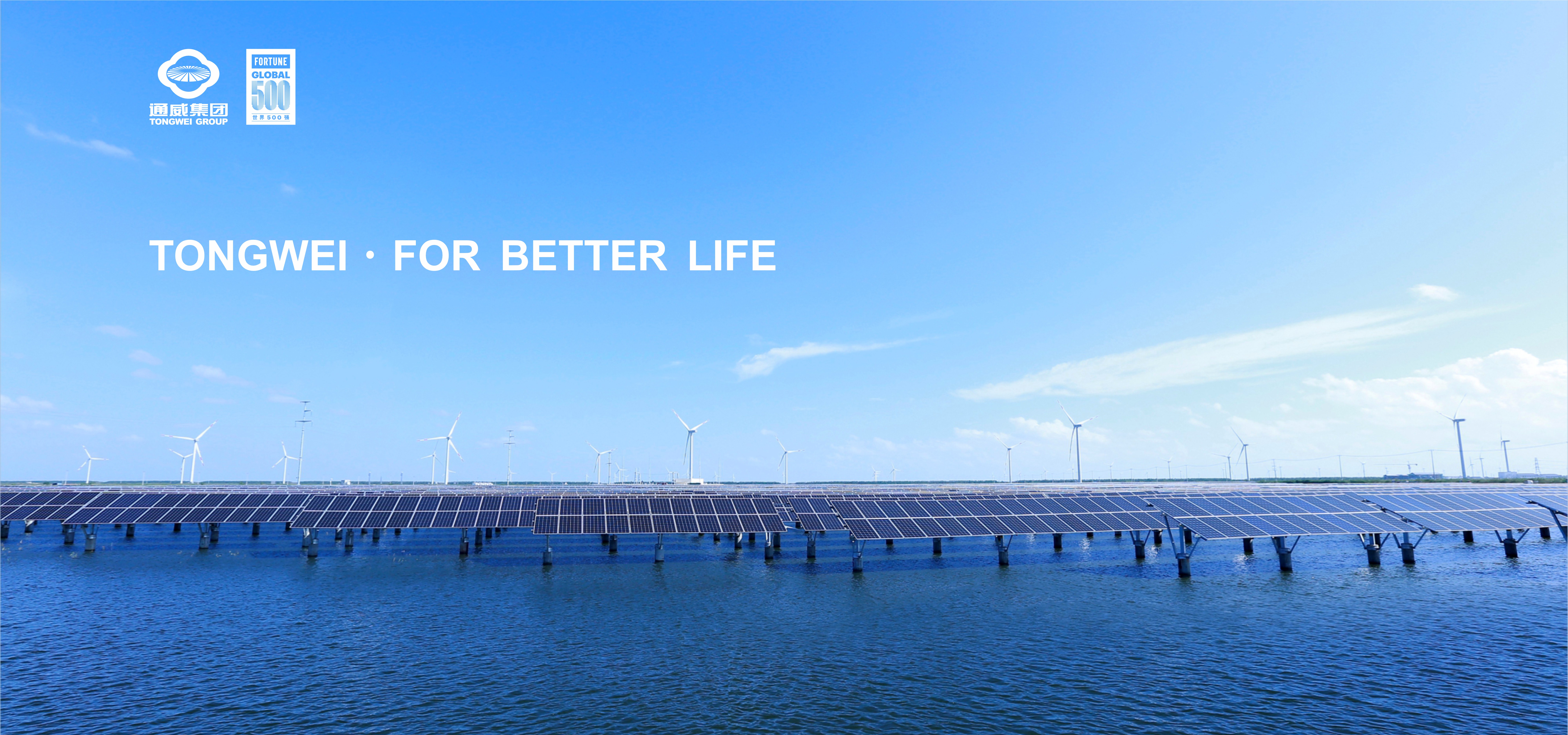2025-11-27
Technology reshapes industry and innovation defines the future. The inaugural PV CTO Summit & Technological Innovation Conference gathered global PV technology leaders to share cutting-edge technological achievements, explore innovation trends, and envision new developmental frontiers for PV technology, drawing widespread attention across industries and society. During the "Industry Status and Innovative Technologies" keynote speech session, authoritative industry experts including Martin Green, Distinguished Professor of the University of New South Wales, Australia, Jiang Hua, Deputy Secretary-General of the China Photovoltaic Industry Association; Xing Guoqiang, PV CTO of Tongwei Co., Ltd.; Chen Yifeng, Vice President of Trina Solar; Tong Hongbo, Director of the First Research Institute of LONGi Central R&D Institute; and Wang Wenjing, Chief Scientist of Huasun Energy, delivered thematic speeches, engaging in profound discussions about PV technology evolution.
Distinguished Professor Martin Green, "Father of Modern Solar Energy," systematically reviewed the PV industry's decade-long progress in his speech Recent Developments in Photovoltaics. He noted that PV module efficiency has significantly increased from 16% in 2015 to 21%-25%, with perovskite solar cells achieving a lab efficiency of 27.3%. He emphasized three commercialization challenges ("3S") for perovskite technology: "Size," which means perovskite modules need to break through area limitations to achieve uniform large-scale production, "Scalability," which demands a stable process system capable of supporting GW-level production, and most crucially "Stability," which requires an outdoor durability of 25+ years. He believes that in the long run, tandem cell technology will become a crucial pathway for enhancing efficiency, with the theoretical efficiency of silicon-based cells expected to exceed 40%, pointing the way for next-generation high-efficiency PV technology.

Keynote speech by Martin Green,
Distinguished Professor of the University of New South Wales, Australia
Jiang Hua, Deputy Secretary-General of the China Photovoltaic Industry Association, analyzed the development trend of the PV industry in the first three quarters of 2025 in his presentation Review and Analysis of China's PV Industry Development. He stated that during this period, the PV industry exhibited characteristics of "differentiation in the manufacturing sector and a high-then-low trend in the application sector." Under the guidance of regulatory policies, supply chain prices gradually stabilized, the market share of n-type technology rapidly increased, and export markets expanded to emerging countries, signaling the industry's steady progress toward high-quality development.

Keynote speech by Jiang Hua, Deputy Secretary-General of the China Photovoltaic Industry Association
Dr. Xing Guoqiang, PV CTO of Tongwei Co., Ltd., systematically elaborated the company's technological roadmap in his presentation Tongwei's PV Technology Roadmap Outlook. He highlighted that N-type technologies now command over 70% market share, with tubular PECVD technology achieving 58% market dominance. Tongwei's TNC modules have reached a peak power output of 778.5W. Regarding HJT technology, THC modules have reduced silver consumption to below 4mg/W, achieved a maximum module power of 790.8W, and established the industry's first dual-sided microcrystalline mass production line. The company has also strategically advanced perovskite-silicon tandem cell technology.

Keynote speech by Dr. Xing Guoqiang, PV CTO of Tongwei Co., Ltd.
Chen Yifeng, Vice President of Trina Solar, presented advancements in high-efficiency TOPCon and perovskite tandem technology in his presentation titled Advances in High-Efficiency TOPCon Crystalline Silicon Solar Cell Technology. TOPCon technology has replaced PERC as the market mainstream. Trina Solar has increased the laboratory efficiency of i-TOPCon to 26.65%, achieved a 32.2% efficiency for 210-half-cell perovskite/silicon tandem cells, and launched the world's first industrial-standard-sized perovskite/silicon tandem module.

Keynote speech by Chen Yifeng, Vice President of Trina Solar
Director Tong Hongbo of LONGi Green Energy Technology Co., Ltd. presented LONGi's BC 2.0 High-Efficiency Mass Production Technology, unveiling groundbreaking progress in HPBC 2.0 back-contact cell technology. By moving all electrodes to the back of the cell, mass production efficiency has exceeded 27%, with laboratory efficiency reaching 27.8%. The technology utilizes self-developed Tairay silicon wafers and advanced laser patterning technology, reducing power loss under shading conditions by nearly 70% and demonstrating excellent environmental adaptability.

Keynote speech by Tong Hongbo, Director of the First Research Institute of LONGi Central R&D Institute
Wang Wenjing, Chief Scientist of Huasun Energy, presented Technological Progress of HJT Cells, sharing advances in HJT cell technology. He noted comparable performance between HJT and TOPCon modules. Through innovations in bifacial microcrystalline and 0BB busbar-free technology, Huasun has continuously enhanced mass production efficiency while significantly reducing silver consumption. Future efforts will focus on innovations like pure copper electrodes to advance the maturity of the HJT industry chain.

Keynote speech by Wang Wenjing, Chief Scientist of Huasun Energy
This summit not only served as a platform for exchanging cutting-edge technologies and industry insights but also outlined a new vision for the PV industry—transitioning from efficiency breakthroughs to system innovation and from scale expansion to quality upgrading. At this pivotal juncture of global energy structure transformation, sustained technological collaboration and cross-sector integration will propel PV technology to become the backbone in achieving "dual-carbon" goals and establishing a green, low-carbon energy system.

